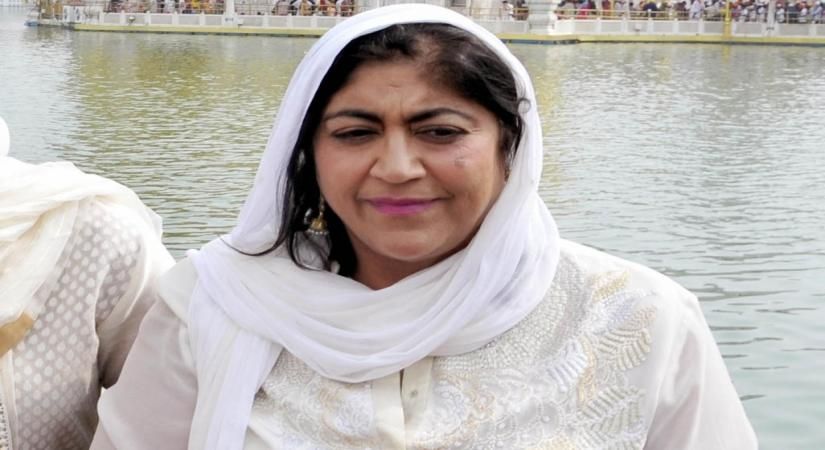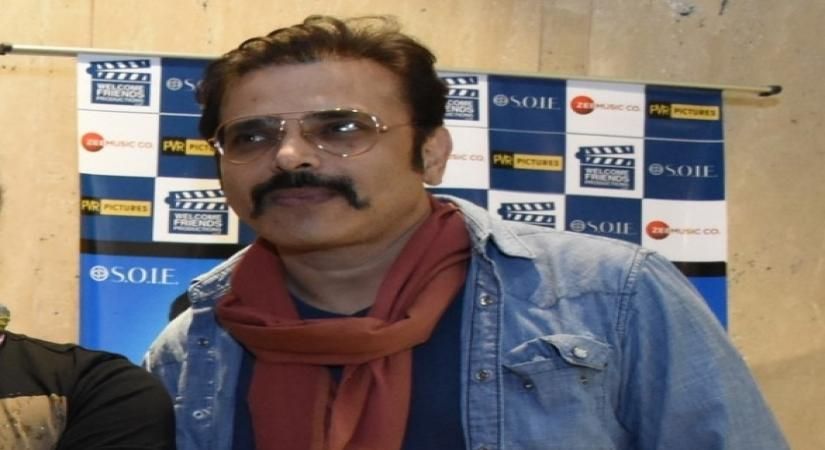|
New Delhi, May 26 (IANS) Doctors at a hospital in Pune have, in a study, shown the efficacy of a novel rescue therapy which may help babies born with low oxygen levels -- a rare and life-threatening condition that occurs in approximately one in 500 newborns, giving them a bluish appearance.
Persistent Pulmonary Hypertension (PPHN) is characterised by low oxygen levels and high pressure in the pulmonary arteries due to the blood vessels in the lungs failing to dilate after birth. The symptoms include breathing difficulties, low oxygen levels, bluish appearance, decreased blood pressure, and lethargy in newborns.
Doctors at Surya Mother and Child Super Speciality Hospital in Pune determined efficacy of Vasopressin -- a hormone that can increase blood pressure by constricting blood vessels -- among 31 neonates. Vasopressin is also approved for hypotension or sudden drop in blood pressure.
The results of the observational study, published in the American Journal of Perinatology, showed vasopressin as an effective solution used to treat PPHN when unresponsive to other forms of treatment.
The standard treatment to PPHN cases is using a special type of ventilator known as high frequency ventilator, and usage of nitric oxide. It reduces the load on the heart, and there is increased blood flow to the lungs.
"PPHN is most common immediately after birth, because the baby's lungs and heart have difficulty adapting to the outside world," Dr Sachin Shah, Director - Neonatal and Paediatric Intensive Care Services, Surya Hospitals Pune, told IANS.
"When the baby is inside the mother's womb, the lungs do not have any part to play, everything the gas exchange is taken care of by the placenta. So after birth, the lungs do not open up and they do not function as they should.
"PPHN can manifest within minutes to six hours after birth," Shah said, stressing on the need for observing newborns for symptoms and providing immediate medical attention to manage the fatal condition.
In extremely rare cases, mild cases of PPHN also occur in infancy or childhood due to progressive blood vessel issues, the doctor said. Genetic causes for PPHN are also extremely rare, with the commonest factors being maternal health conditions or infections affecting blood flow to the baby during pregnancy.
The observational study used vasopressin as a rescue therapy in neonates with PPHN who have refractory hypoxia (lack of oxygen) and refractory systemic hypotension.The study showed promising results with 29 out of 31 enrolled neonates responding favourably to the treatment. No side effects were observed.
The findings of the study may help inform clinical practice and guide future research in the use of vasopressin as rescue therapy in term neonates with severe PPHN. However, a randomised controlled trial would be needed to establish a causal relationship between vasopressin and improved outcomes in this population, the expert noted in a statement.
--IANS
rvt/vd
Copyright and Disclaimer: All news and images appearing in our news section, search engines and social media are provided by IANS. If you face any issues related to the content/images, please contact our news service provider directly. We are not liable/responsible for any content/images related to the news service provider.
|










